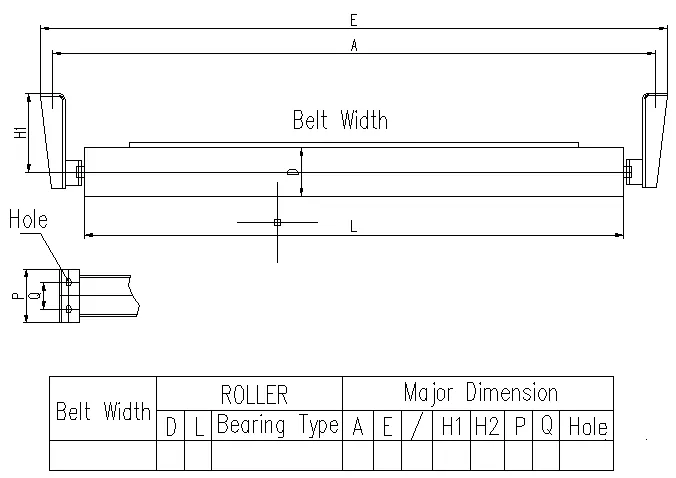 Afrikaans
Afrikaans  Albanian
Albanian  Amharic
Amharic  Arabic
Arabic  Armenian
Armenian  Azerbaijani
Azerbaijani  Basque
Basque  Belarusian
Belarusian  Bengali
Bengali  Bosnian
Bosnian  Bulgarian
Bulgarian  Catalan
Catalan  Cebuano
Cebuano  Corsican
Corsican  Croatian
Croatian  Czech
Czech  Danish
Danish  Dutch
Dutch  English
English  Esperanto
Esperanto  Estonian
Estonian  Finnish
Finnish  French
French  Frisian
Frisian  Galician
Galician  Georgian
Georgian  German
German  Greek
Greek  Gujarati
Gujarati  Haitian Creole
Haitian Creole  hausa
hausa  hawaiian
hawaiian  Hebrew
Hebrew  Hindi
Hindi  Miao
Miao  Hungarian
Hungarian  Icelandic
Icelandic  igbo
igbo  Indonesian
Indonesian  irish
irish  Italian
Italian  Japanese
Japanese  Javanese
Javanese  Kannada
Kannada  kazakh
kazakh  Khmer
Khmer  Rwandese
Rwandese  Korean
Korean  Kurdish
Kurdish  Kyrgyz
Kyrgyz  Lao
Lao  Latin
Latin  Latvian
Latvian  Lithuanian
Lithuanian  Luxembourgish
Luxembourgish  Macedonian
Macedonian  Malgashi
Malgashi  Malay
Malay  Malayalam
Malayalam  Maltese
Maltese  Maori
Maori  Marathi
Marathi  Mongolian
Mongolian  Myanmar
Myanmar  Nepali
Nepali  Norwegian
Norwegian  Norwegian
Norwegian  Occitan
Occitan  Pashto
Pashto  Persian
Persian  Polish
Polish  Portuguese
Portuguese  Punjabi
Punjabi  Romanian
Romanian  Russian
Russian  Samoan
Samoan  Scottish Gaelic
Scottish Gaelic  Serbian
Serbian  Sesotho
Sesotho  Shona
Shona  Sindhi
Sindhi  Sinhala
Sinhala  Slovak
Slovak  Slovenian
Slovenian  Somali
Somali  Spanish
Spanish  Sundanese
Sundanese  Swahili
Swahili  Swedish
Swedish  Tagalog
Tagalog  Tajik
Tajik  Tamil
Tamil  Tatar
Tatar  Telugu
Telugu  Thai
Thai  Turkish
Turkish  Turkmen
Turkmen  Ukrainian
Ukrainian  Urdu
Urdu  Uighur
Uighur  Uzbek
Uzbek  Vietnamese
Vietnamese  Welsh
Welsh  Bantu
Bantu  Yiddish
Yiddish  Yoruba
Yoruba  Zulu
Zulu conveyor brackets
Understanding Conveyor Brackets Essential Components for Efficient Material Handling
In today's fast-paced industrial environment, the efficiency of material handling plays a pivotal role in the overall productivity of manufacturing, packaging, and distribution processes. One essential component that is often overlooked but crucial in this domain is the conveyor bracket. These brackets form the backbone of conveyor systems, ensuring stability, support, and proper alignment of various conveyor components. This article delves into the importance of conveyor brackets, their types, applications, and best practices for maintenance.
What Are Conveyor Brackets?
Conveyor brackets are structural elements designed to support and stabilize conveyor belts and other related components, such as rollers, pulleys, and motors. They are typically made from strong materials like steel or aluminum to withstand heavy loads and dynamic forces during operation. Properly installed conveyor brackets ensure that the conveyor system operates smoothly and efficiently, thus minimizing the risk of breakdowns or material spills.
Types of Conveyor Brackets
There are several types of conveyor brackets, each serving specific purposes
1. Support Brackets These brackets hold the conveyor frame and provide the necessary support to the entire structure. They are crucial for maintaining the correct height and angle of the conveyor.
2. Idler Brackets These are used to secure idler rollers, which help to guide the conveyor belt and maintain tension. Idler brackets are designed to accommodate the lateral movement of the belt, ensuring smooth operation.
3. Mounting Brackets Used to attach various components like motors and gearboxes to the conveyor frame, mounting brackets are essential for integrating power transmission mechanisms in the system.
4. Belt Tensioning Brackets These brackets allow for the adjustment of belt tension, which is critical for preventing slippage and ensuring optimal performance.
Applications of Conveyor Brackets
Conveyor brackets find applications across various industries, including
conveyor brackets

- Manufacturing In assembly lines, conveyor brackets support conveyor belts that transport products from one station to another. This seamless movement enhances productivity and reduces labor costs.
- Food Processing Conveyor systems in food processing plants often utilize brackets to ensure hygiene and efficiency. The brackets are designed to withstand harsh cleaning chemicals and high temperatures.
- Distribution and Warehousing In logistics, conveyor brackets play a vital role in automated sorting systems, allowing for the efficient movement of packages and goods.
Best Practices for Installation and Maintenance
To maximize the lifespan and efficiency of conveyor brackets, it is essential to adhere to best practices
1. Proper Installation Ensure that brackets are installed according to the manufacturer's specifications. Misalignment can lead to increased wear and tear on the system.
2. Regular Inspections Conduct routine inspections to check for signs of wear, corrosion, or damage. Early detection of issues can prevent costly downtime.
3. Lubrication Apply lubricants to moving parts and ensure that all connections are tight. This reduces friction and prolongs the life of both the brackets and the conveyor system.
4. Load Management Be aware of the weight and type of materials being transported. Overloading a conveyor can put excessive strain on brackets, leading to failure.
Conclusion
Conveyor brackets may not always be in the spotlight, but their role in maintaining the efficiency and reliability of conveyor systems is undeniable. Understanding the different types of brackets, their applications, and maintenance practices can significantly enhance the performance of material handling systems. A well-maintained conveyor system, supported by robust brackets, is essential for any organization looking to streamline operations and improve productivity. By investing in quality conveyor brackets and adhering to best practices, businesses can ensure smooth, efficient operations for years to come.





























